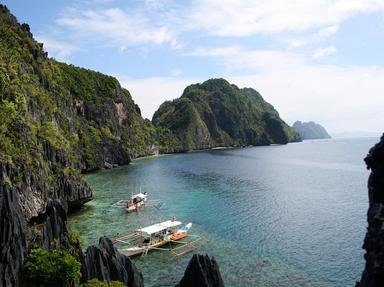
Pleasant Philippines in Ten Words Quiz
Take a short journey through the essence of the Philippines in just ten words. Match the words and names on the left with their meanings on the right.
A matching quiz
by wellenbrecher.
Estimated time: 3 mins.